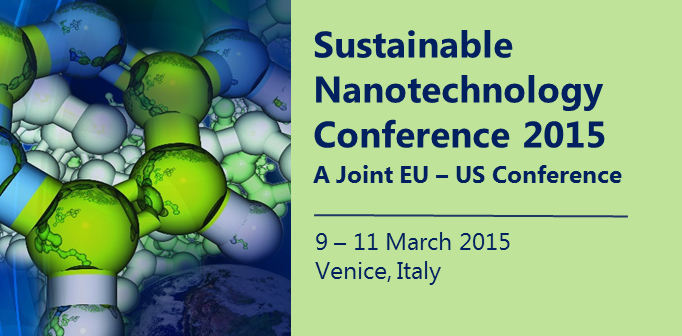Speaker
Nubia Zuverza-Mena
(UTEP)
Description
In this study, copper-based nanoparticle (NP) or compounds are investigated for their potential harm to the environment, using cilantro as the model species. Cilantro plants were exposed to Cu(OH)2, nanosized copper (nCu), microsized copper (uCu), nanosized copper oxide (nCuO), microsized copper oxide (uCuO), and CuCl2 at 20 and 80 mg/kg soil. After 30 days exposure, plant size, Cu accumulation, and chlorophyll content were measured by a ruler, inductively coupled plasma-optical emission spectroscopy (ICP-OES), and SPAD chlorophyll meter, respectively. Results showed no effects on root length, but shoot elongation decreased by 12.4% on plants exposed to 80 mg/kg nCu and by 11 % in plants exposed to uCuO at 20 and 80 mg/kg. ICP-OES results showed a reduction trend in root copper of all treatments, even though no statistically significant differences were evident compared to control; while the amount of copper in shoots was significantly higher for all treatments, compared to control. Chlorophyll content decreased significantly on plants exposed to 20 mg/kg uCuO, but increased on plants exposed to Cu(OH)2, nCu, and uCuO at 80 mg/kg. Overall, uCuO showed higher toxicity to cilantro, compared to nanoparticulate copper.
Primary author
Nubia Zuverza-Mena
(UTEP)
Co-author
Illya A. Medina Velo
(UTEP)
